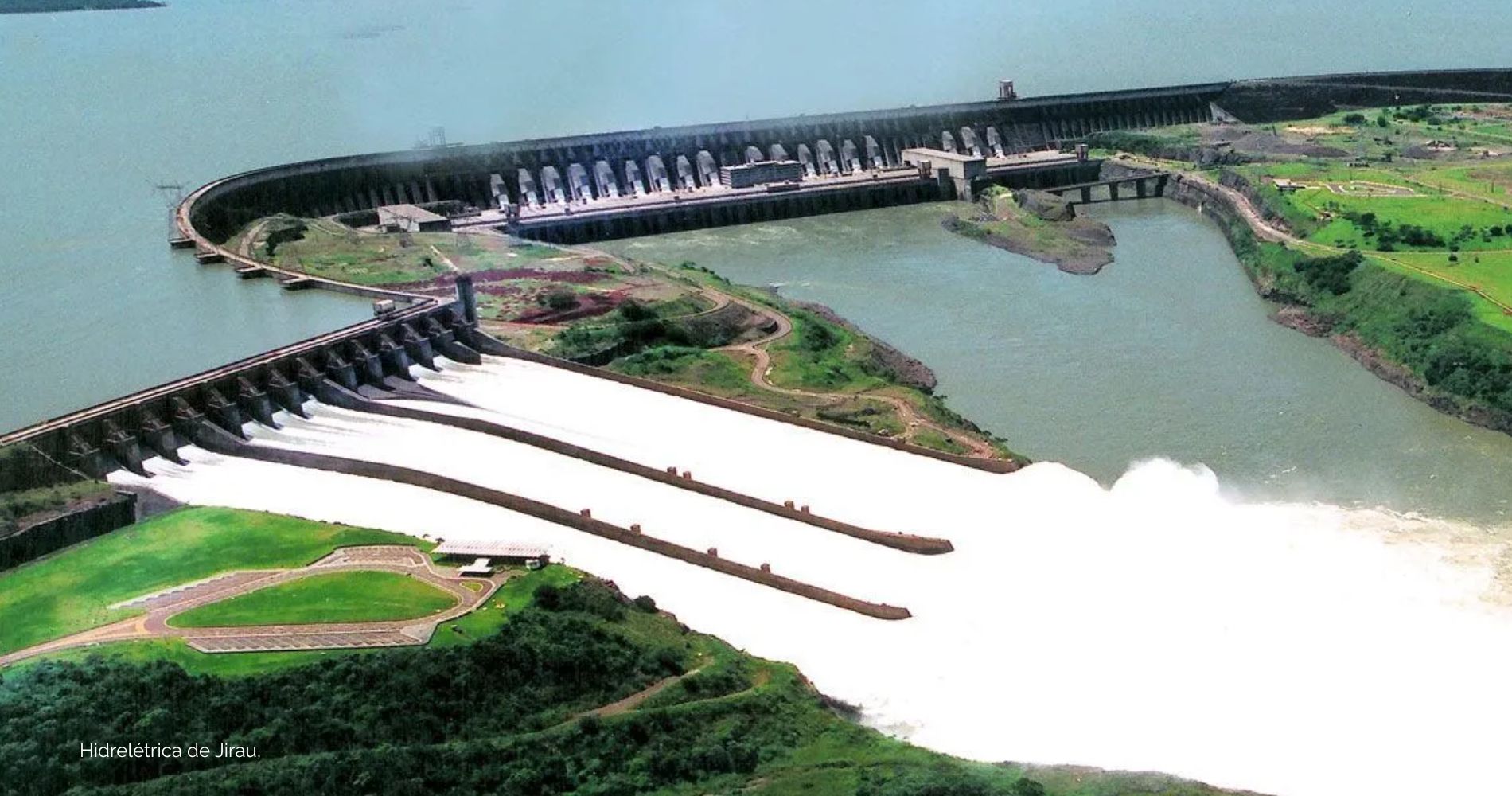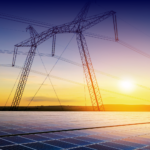Brazil is going through a critical moment regarding its energy matrix, largely due to the severe drought that has hit the country in recent months. The Ministry of Mines and Energy (MME) has already confirmed that, given the low level of reservoirs, it will be necessary to increase energy production through thermoelectric plants, which account for a significant part of the system, but at higher costs and with considerable environmental impacts. The activation of these plants is expected to reach between 70% and 80% of the available capacity. This scenario reflects the severity of the water crisis, the worst in 94 years, and has raised concerns about the security of energy supply in Brazil.
Brazil’s energy matrix has historically depended on hydroelectric power, which represents more than 60% of the electricity generation in the country. However, the intense drought in strategic states has forced the government to resort to more expensive and polluting sources, such as natural gas, diesel, and coal, used in thermoelectric plants. The increased participation of these sources may lead to higher electricity bills for the end consumer and greater inflationary pressure, as the cost of energy directly impacts the production of goods and services.
The regions most affected by the drought are precisely those where the largest water reservoirs for energy generation are located. According to data from the Drought Monitor, more than 80% of Brazilian territory is facing some degree of drought, with particular emphasis on the Amazonas region, which has been severely affected. This adverse climatic condition not only threatens energy supply but also compromises water supply in several cities, exacerbating the problem and creating a multiple crisis.
Despite the gravity of the situation, the federal government, through the MME, has sought to reassure the population, stating that the country will not face an energy crisis similar to that of 2021. In that year, the risk of blackouts and rationing became a real possibility, generating great apprehension in society and industrial sectors. According to the government, the country’s electrical system is more robust and prepared to deal with drought periods, with more effective planning and greater diversification of the energy matrix.
Although the short-term solution is the activation of thermoelectric plants, Brazil has been making progress in diversifying its energy sources. Renewable sources, such as solar and wind energy, have gained space in the matrix and are already responsible for a significant portion of electricity generation. Wind energy, for example, reached 12% of installed capacity in 2023, while solar is approaching 10%. However, these percentages are still insufficient to compensate for the lack of water in hydroelectric reservoirs during critical moments.
Experts point out that, in addition to expanding the use of renewable energies, Brazil needs to invest in energy storage systems and the modernization of transmission networks. Large-scale batteries and other emerging technologies can help stabilize the electrical system, especially during periods when solar and wind energy production is low. Additionally, energy efficiency measures and programs encouraging conscious energy consumption are crucial to mitigating the effects of future crises.
Another important point to consider is the environmental impact of the increased use of thermoelectric plants. The burning of fossil fuels, such as coal and natural gas, not only raises the cost of energy production but also significantly contributes to the emission of greenhouse gases, exacerbating the climate change scenario. The intensification of these extreme climatic phenomena, such as prolonged droughts, is precisely one of the effects of global warming, creating a cycle of interconnected crises that Brazil urgently needs to address.
In summary, Brazil’s energy scenario reveals the need for long-term strategic planning that goes beyond simply activating thermoelectric plants in times of crisis. The country has immense potential to lead renewable energy production, but to do so, it is essential to invest in technology, infrastructure, and public policies that encourage a sustainable and economically viable energy transition. Only with a more comprehensive and long-term approach will it be possible to avoid future crises and ensure energy security for the population.







